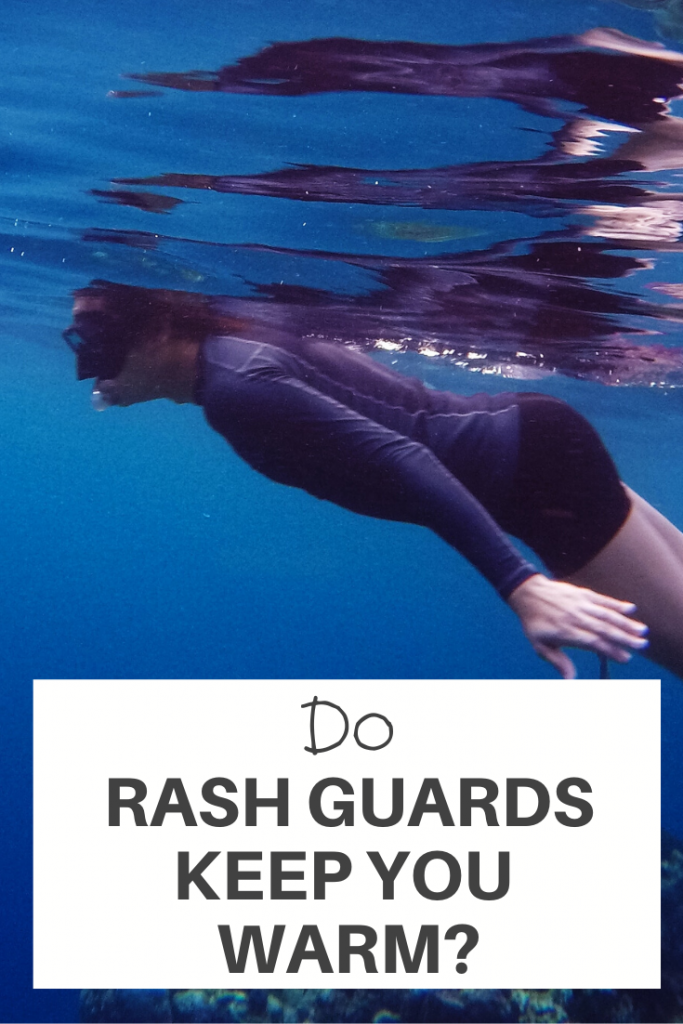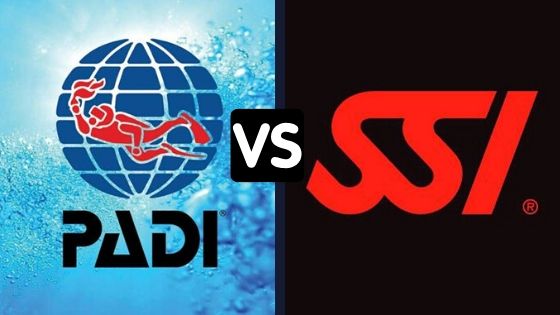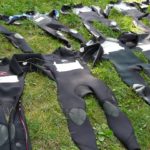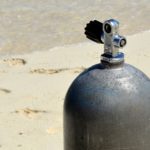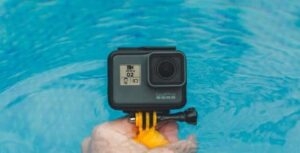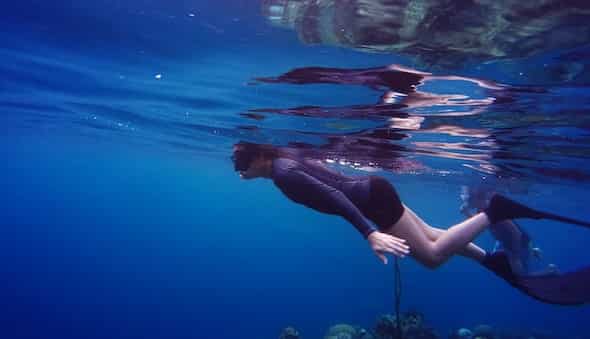
When going scuba diving it is common for divers to develop skin rashes or some sort of skin irritation, especially with the friction of the scuba tank’s movement while a dive. There are many causes of this skin irritation, particularly when the skin remains unprotected when out diving.
Rash guards were created to protect people’s skin from the constant rubbing and potential skin rashes especially under the arms or around the neck. Also well as providing protection from the sun. They don’t provide much warmth but do when getting out of the water.
In today’s post, we will go through do rash guards keep you warm in more detail, so let’s get started!
Read more on common questions asked by divers
Do Rash Guards Keep You Warm?
Rash guards are the main function is it protect you from rashes caused by abrasion, or by sunburn from extended exposure to the sun. The rash guard won’t keep you warm but can help with the shock of jumping into cold water from directly touching your skin.
It can protect your skin when a cool breeze hits the wet skin. Overall the water will probably feel 1 to 2 degrees less cold, not significant.
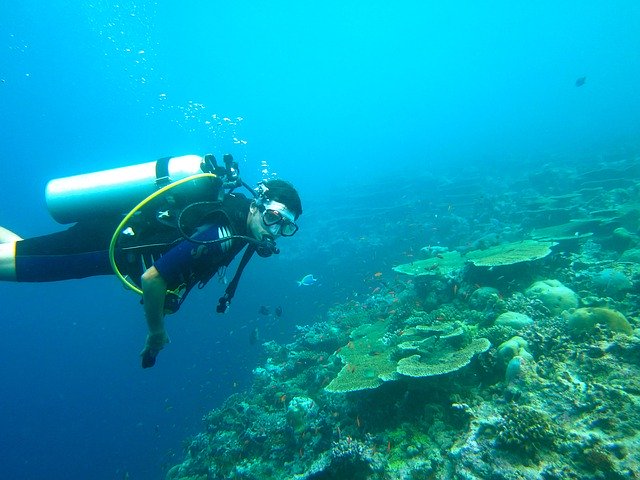
When Should You Wear A Rash Guard?
Rash guards are better than t-shirts and are often used by scuba divers to protect their chests, backs, and shoulders from sunburn.
Especially where it’s hard to get the chance to put on sunscreen.
Does Rash Guard Protect From The Sun?
Rash guards actually do protect guard against the sun’s UV rays. You do need to ensure that you buy only a rash guard with UPF 50+ sun protection.
Is A Rash Guard Necessary?
Rash guards are used by scuba divers and by other watersports like surfers when the weather is too hot for a wetsuit. And to prevent wax-based chafing from the movement of the scuba tanks on your back.
Are Rash Guards Worth It?
Yes, they do give protection from the friction of carrying the scuba tanks on your back and it does provide protection from the sun. And helps when getting out of the water to keep you warm. Plus it drys quickly.
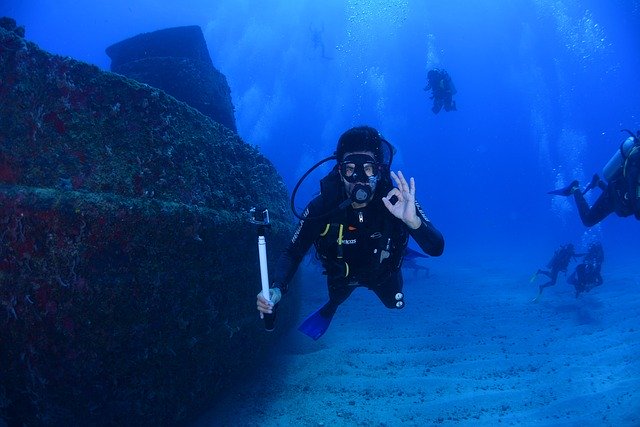
Factors To Consider When Buying A Rash Guard
There are a number of factors to consider when buying a rash guard. They come in various styles, fabrics, and thicknesses depending on their purpose.
These factors will help when deciding which type of rash guard will suit you best. Consider the following points.
- Fit.
- Style.
- Fabric and color.
- Stitching.
- Protection.
Fit
Generally, they are two different fits. These are the skin-tight or loose-fit, they are it’s related to what you will be using the rash guard for.
A close fit is generally recommended for enhancing performance, as it’s skin-tight and more streamlined which prevents extra material from getting in the way. A looser fit is a great option for laid-back excursions and will provide considerable protection on the beach.
If you are going scuba diving a skin-tight rash guard that has a snugger fit is better.
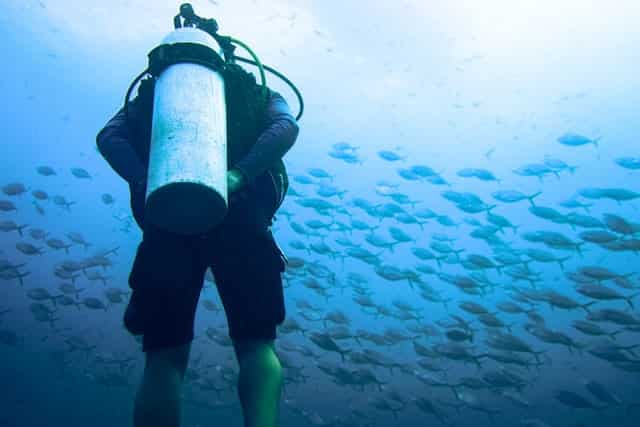
Style
There are 3 main styles of rash guards, these are short and long sleeves plus the tank top. For better protection from the sun, you may prefer long sleeves for increased protection over your arms.
Whereas short-sleeved rash guards protect the more delicate areas of the body from the sun such as the back of the neck, chest, and back while allowing you to remain a bit cooler in hotter climes.
And the style of the tank rash guard for when it is too hot. Going sleeveless means lots of flexibility and a greater range of movement.
Fabric And Color
Rash guards are made of spandex and nylon or polyester. Spandex has been stretchy, and polyester, which allows for breathability. Rash guards differ in quality so make sure to only buy rash guards made out of UPF50+ fabric.
Regard colors choose from subtle shades, patterns, and bold colors which are usually designed to match classic black shorts. Remember, darker colors absorb more UV than lighter colors like white.
Meaning that the UV rays are less likely to get to your skin.
Stitching
Rash guards are in close contact with your skin. Most rash guards feature flat-lock stitching and six-panel construction for the best fit, and flat-locked seams to minimize any chafing.

Protection
Rash guards are designed to protect the sensitive areas of the body from the sun and skin. You need to make sure to check that your rash vest provides ample UV protection. So you need to ensure to only buy rash guards made out of UPF50+ fabric.
Where areas like the armpits, and neck tend to get rubbed raw by saltwater, friction through movement, or diving gear. Rash guards are easily worn under wet that will protect your skin.
Wrapping Up
Finally, rash guards don’t provide much in terms of warmth but do provide protection from the sun and skin irritations. There are a number of factors to consider when planning in buying a rash guard like the fabric, style, and fit.
And that’s it for now! I’d love to know if this guide on do rash guards keep you warm has helped you. Let me know if you have any questions and let me know if there is more to add.
Did you enjoy this post? Then don’t forget to pin it!
